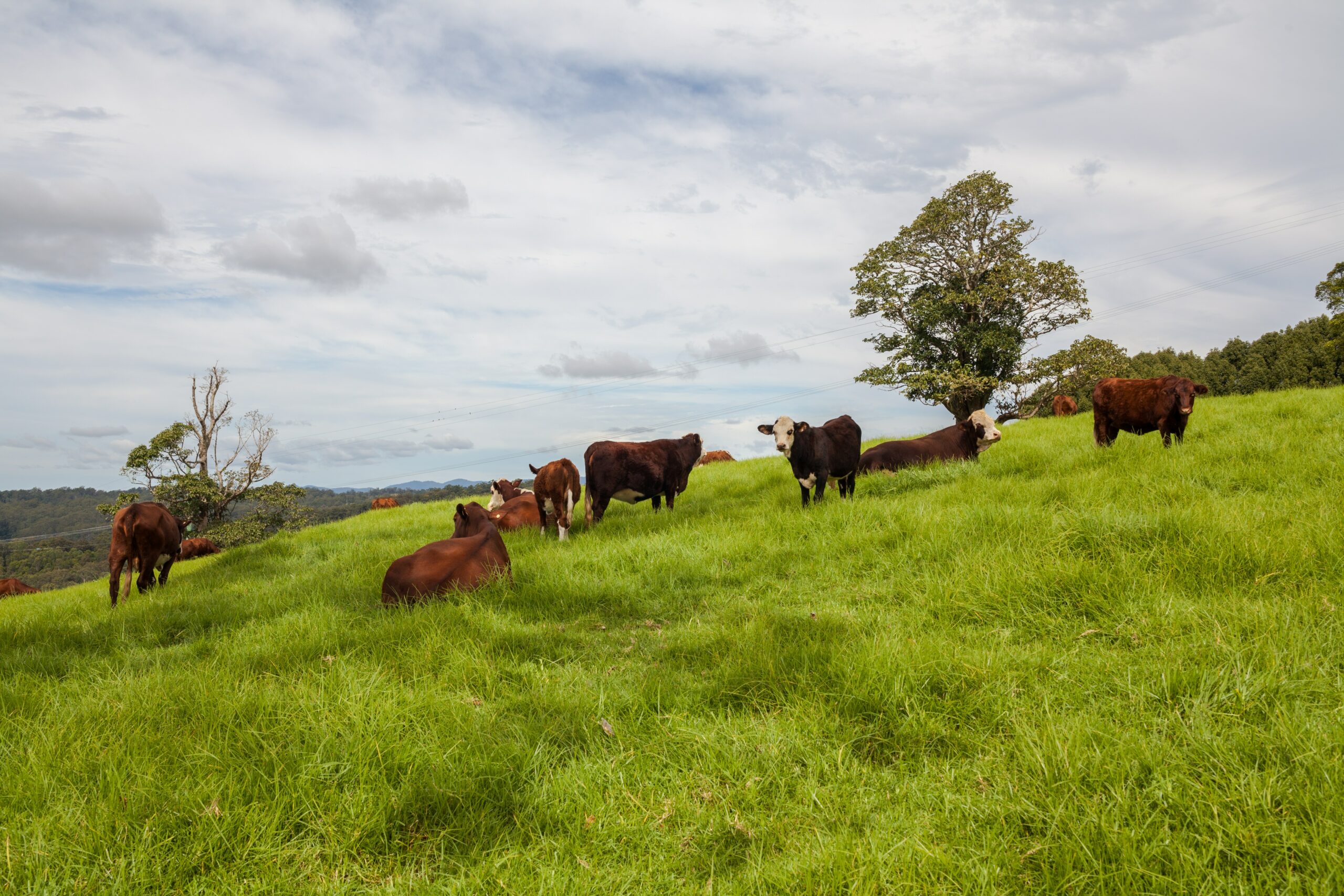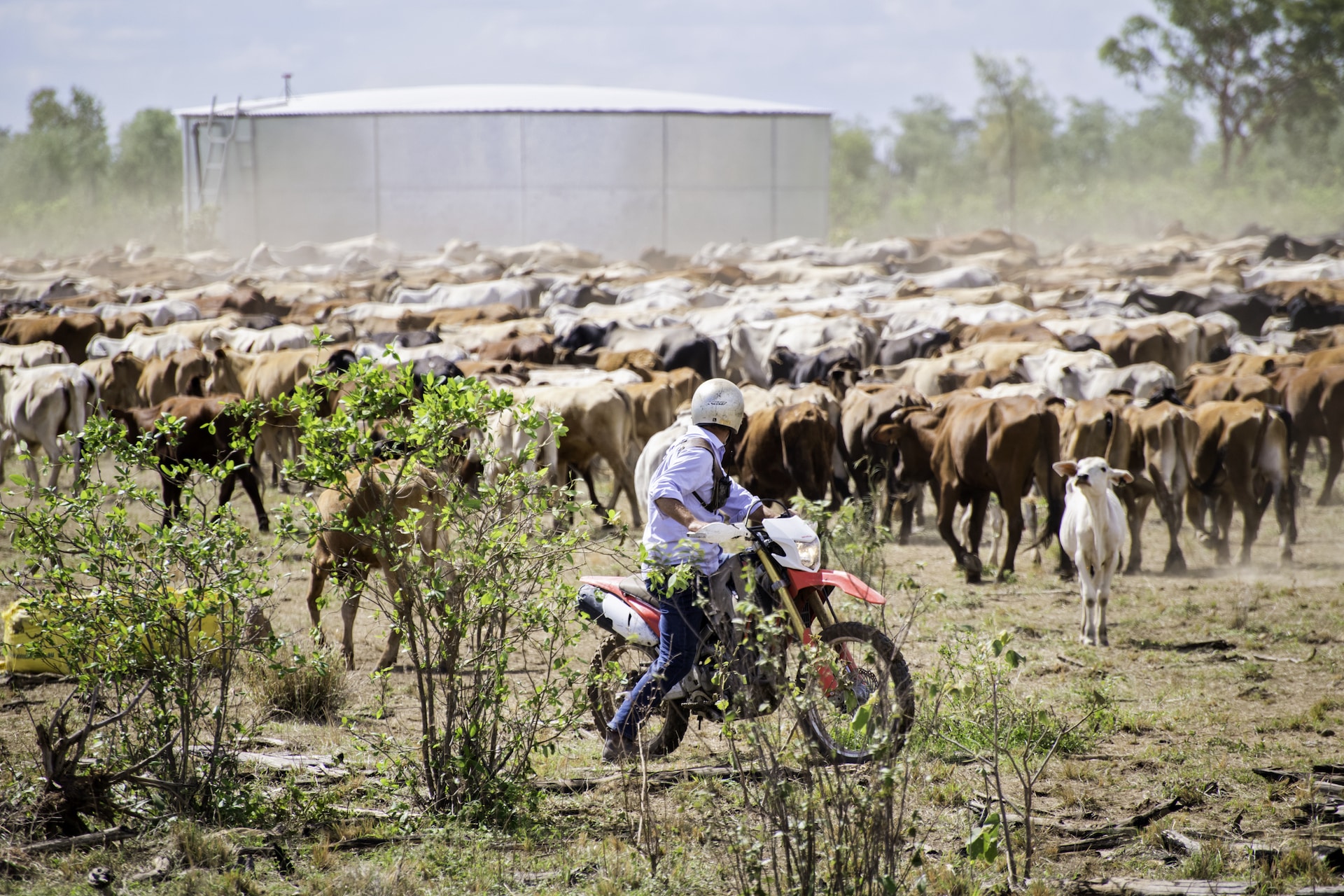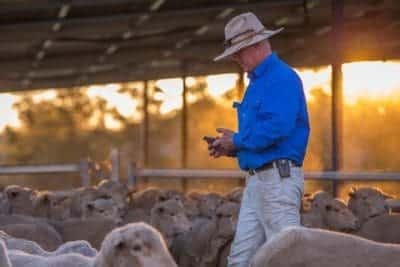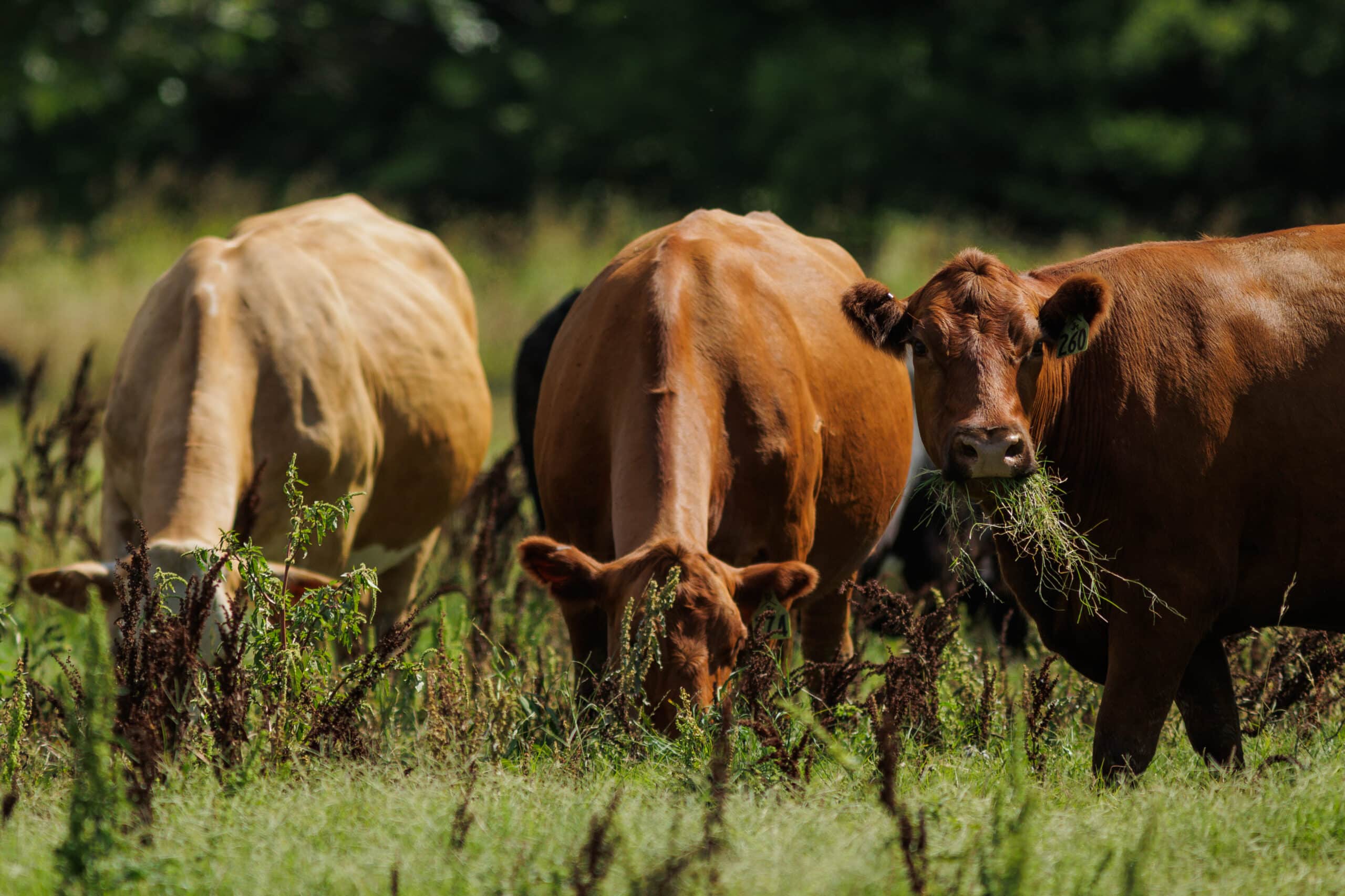Animal health, nutrition, and grazing on green feed

Following heavy rainfall across Eastern Australia, many producers have been blessed with an abundance of green feed. But that blessing can become a curse if the overall nutritional needs of livestock aren’t looked after.
Lachlan Campbell is the co-founder and CEO of ProAgni, which has developed antibiotic-free feeds and supplements that improve animal performance through better feed conversion. He recently told AgriWebb, “At this moment, what we’re seeing is underwhelming performance of animals because of this huge body of feed that still requires some form of additional supplementation.”
Ruminants do best when their diets are changed gradually; a sudden shift in feed can lead to digestive upsets and weight loss. Worse still, long-awaited green feed can lead to illness or death. Risks include nitrate poisoning, grass tetany, milk fever, and pulpy kidney. High worm burdens contribute to these problems.
“Worms diminish appetite, so what then follows is a diminished immune response,” Lachlan explains. “When you see something at a clinical stage inside a paddock, you’re that far behind. Little things cascade to where you get a dead animal. Suddenly you’ve got a panicked farmer – he’s not got one dead animal, he’s got three, they’re all steers, they’re all worth $2,000 a head. You know, that’s not how you want to start a morning.”
Animals can also suffer from disease and parasites at a subclinical level, where they don’t present symptoms but fail to produce expected weight gains. That is why you need a program in place to treat worms, while ensuring the complete nutritional needs of your livestock are looked after.
“To a large extent, you’re better off treating an environment with some form of light supplement, so the rumen is always functioning well,” Lachlan says. You can do this by providing animals with a lick that ensures they consume sufficient minerals such as magnesium, which is essential for the rumen to function properly.
Lachlan points out how otherwise, small losses that go unnoticed compound over an animal’s life, “Every time you set an animal back by one day, you’ve got to wait another three days for them to gather themselves back up.” Throughout an animal’s time on farm, from conception and birth to weaning and its sale, it needs an environment in which it can thrive to deliver dividends to the producer.
Lachlan recommends getting outside help – and local knowledge – to ensure animals get the nutrition they need. “It’s about aligning yourself with someone who understands the problem you’re trying to solve. I’ve seen that with nutritionists through the Delta Agriculture stores. We’re ringing them up and asking what to use and when, which is just as important as any other question,” he says.
“Feeding licks out to animals or feeding grain out to animals at the moment is really about identifying what’s going to be the biggest bang for your buck.”
On his own property, monitoring all these moving parts is made much easier with AgriWebb livestock business management software. “AgriWebb is an increasingly important tool in our business,” he says. “It gives you the ability to have in one space a whole lot of information someone needs at their fingertips when they’re doing the operational work.”
If you’d like to explore how AgriWebb can improve the efficiency, profitability and sustainability of your livestock operation, simply click here to watch a short interactive demo.



